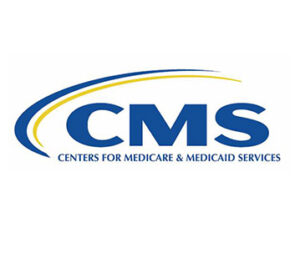Avoidable readmissions drop at U.S. hospitals
 The rate of patients discharged from the hospital and then readmitted for reasons that could have been avoided dropped by 8 percent nationally between 2010 and 2015.
The rate of patients discharged from the hospital and then readmitted for reasons that could have been avoided dropped by 8 percent nationally between 2010 and 2015.
Patients can receive higher-quality care when providers work together to focus on high-quality results, data recently released by the Centers for Medicare & Medicaid Services (CMS) demonstrates.
Readmissions can often be avoided when patients leave the hospital with appropriate medications, instructions for follow-up care and appointments to make sure their recovery is on track.
To address unnecessary readmissions, the federal government now reduces Medicare payments for hospitals with higher-than-expected 30-day readmission rates for conditions like heart attacks, heart failure and pneumonia. Officials also have engaged hospitals and local providers in a quality-improvement effort called Partnership for Patients.
The good news? Between 2010 and 2015, every state but one saw lower readmission rates for Medicare patients. Vermont’s rate was virtually unchanged.
Oregon hospitals reported a 0.7 percent drop. Medicare readmission rates were down 2.4 percent in Idaho, 5.7 percent in Utah and 7.2 percent in Washington state during the same period.
Potentially avoidable readmissions account for more than $17 billion in Medicare spending each year, according to CMS.
Voices for Affordable Health examines high hospital costs and offers tips for consumers. We encourage you to share your hospital stories or cost-saving tips here.